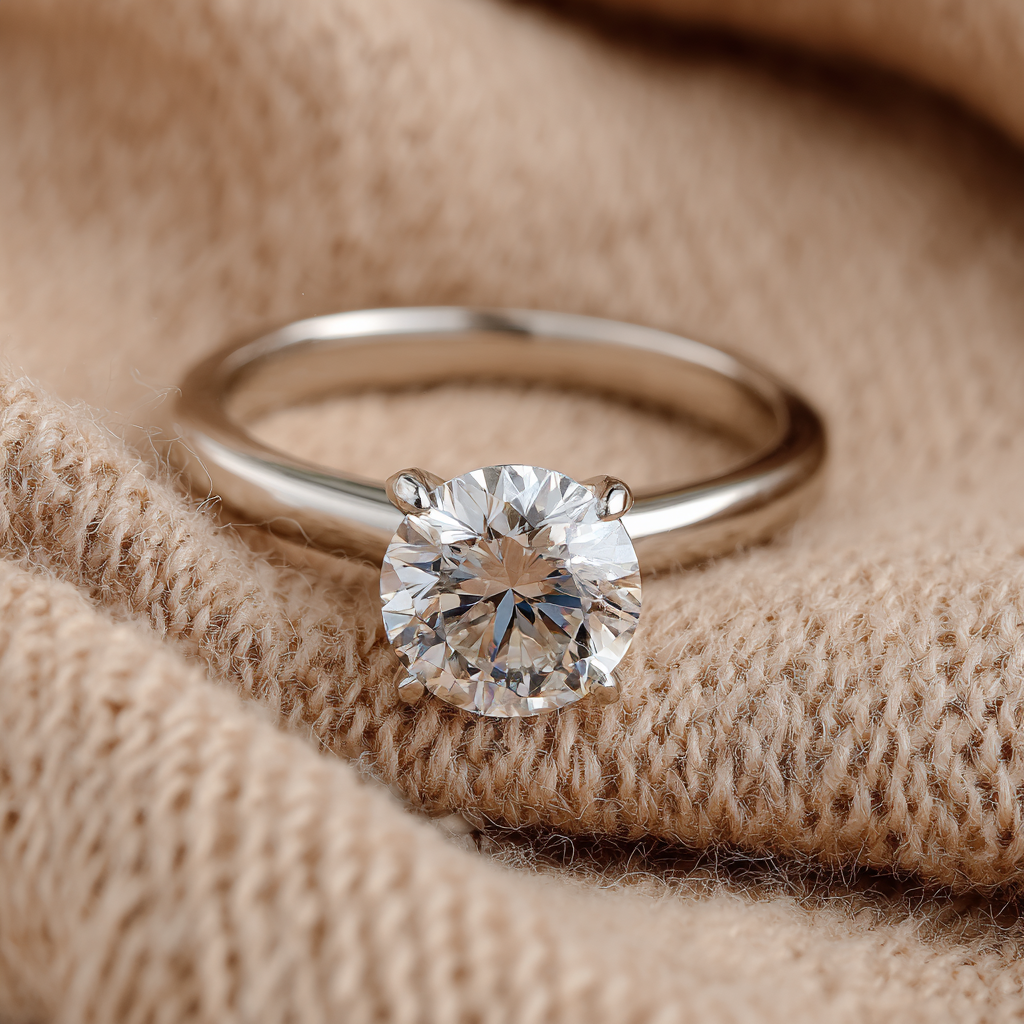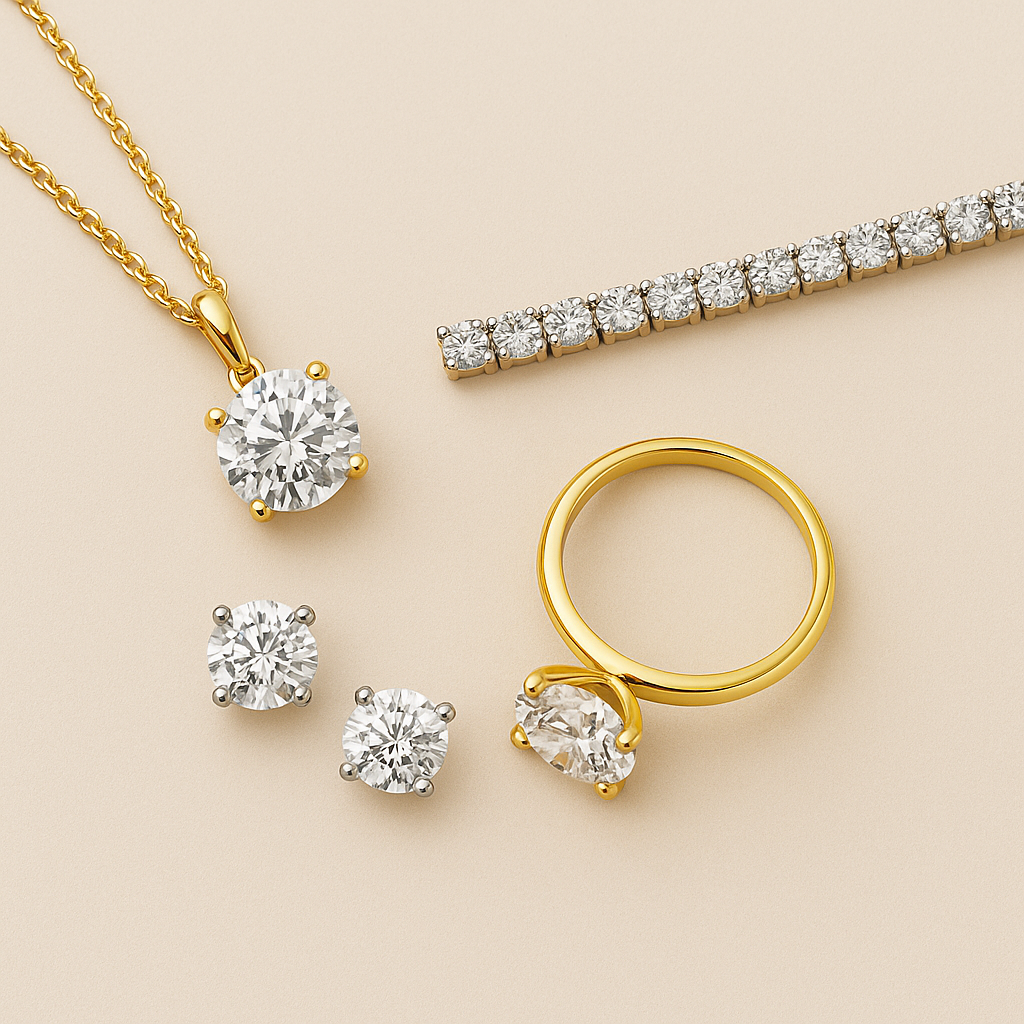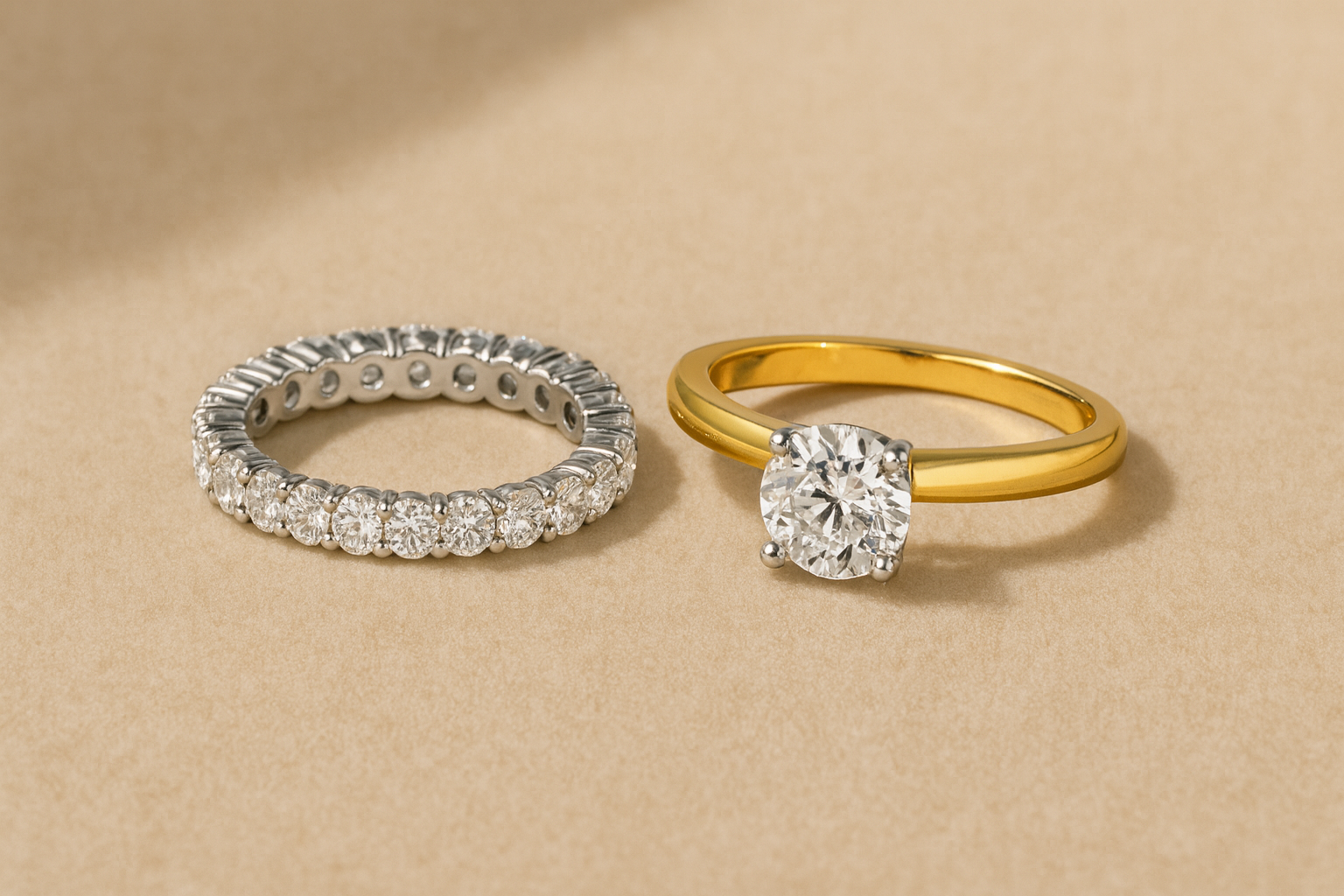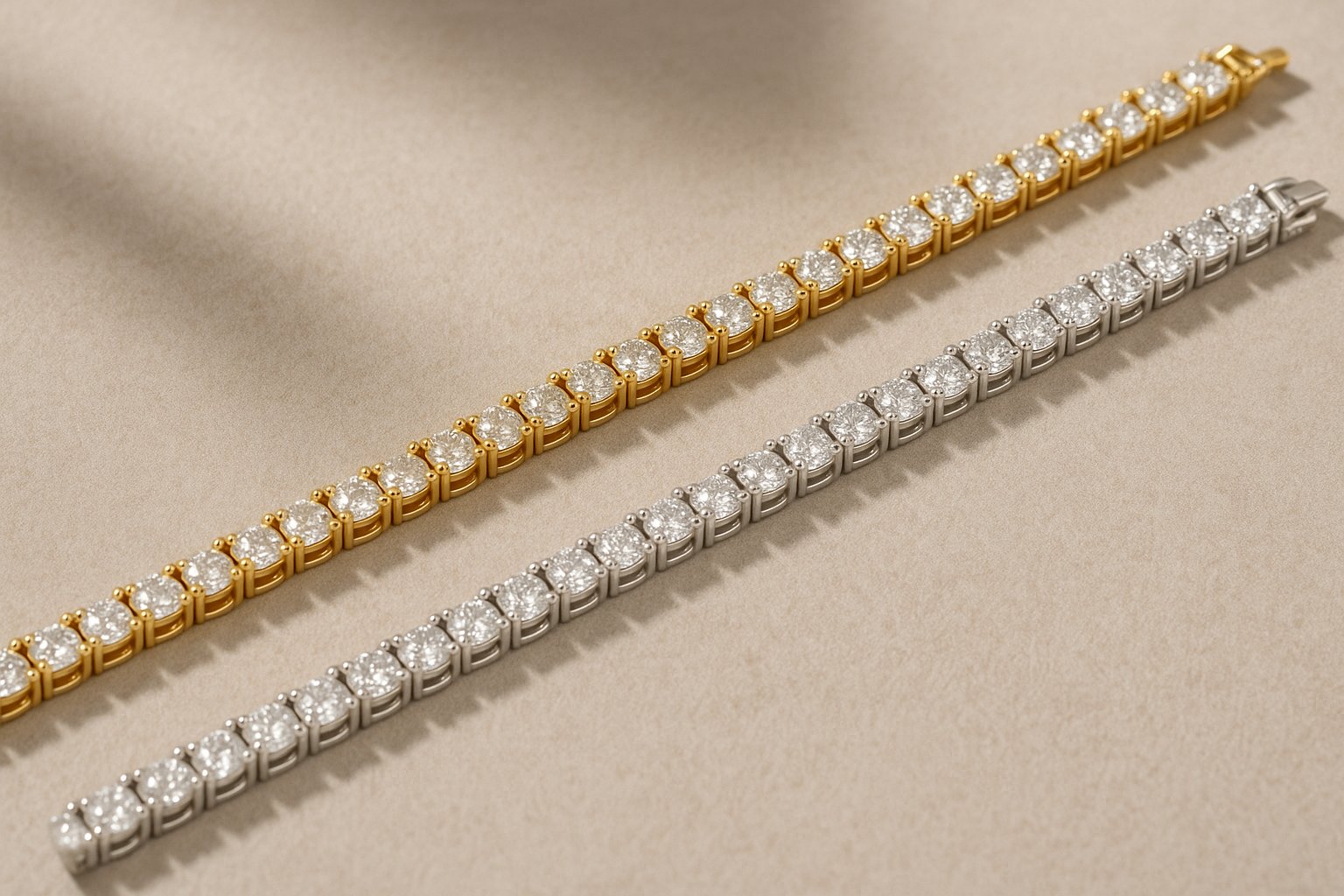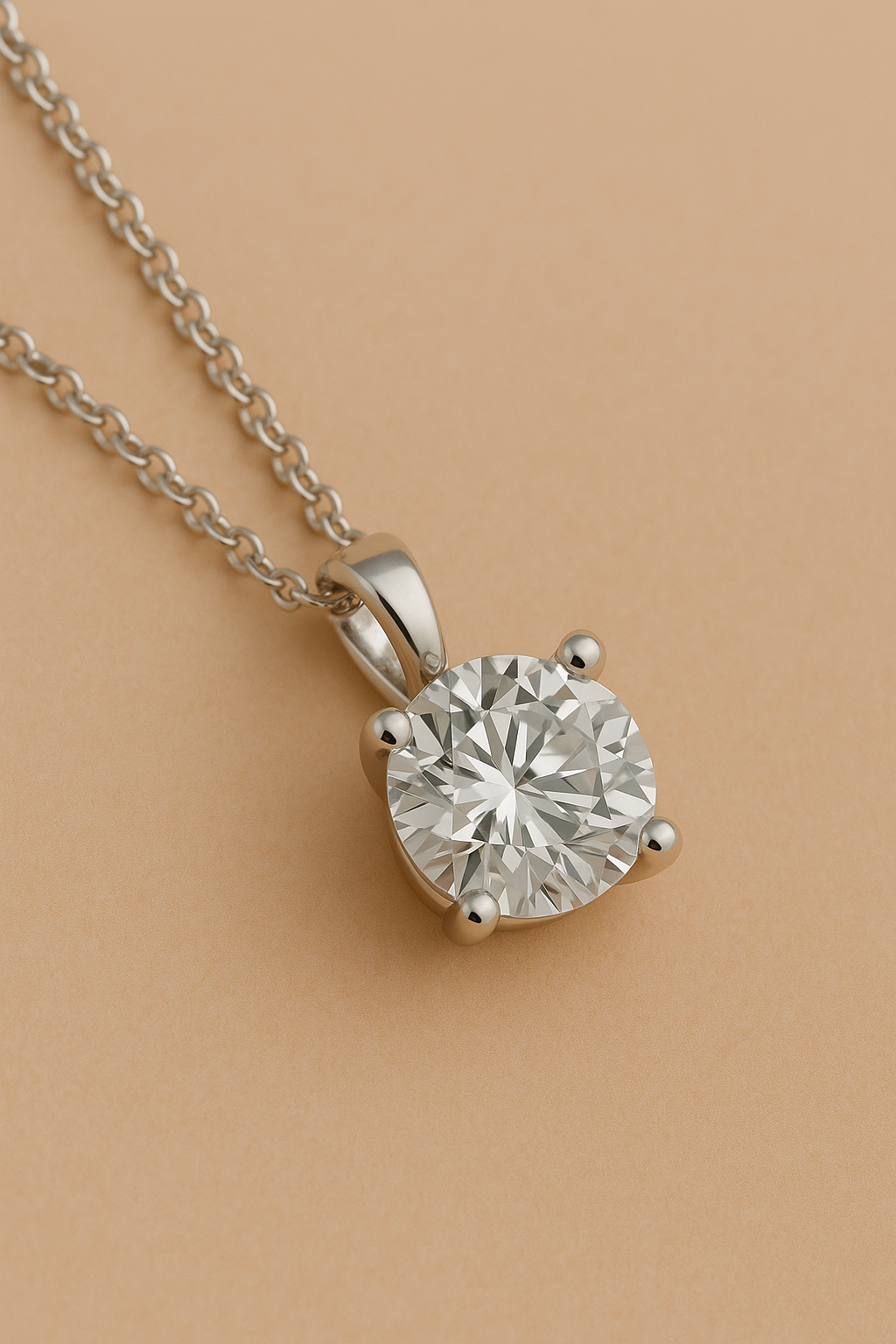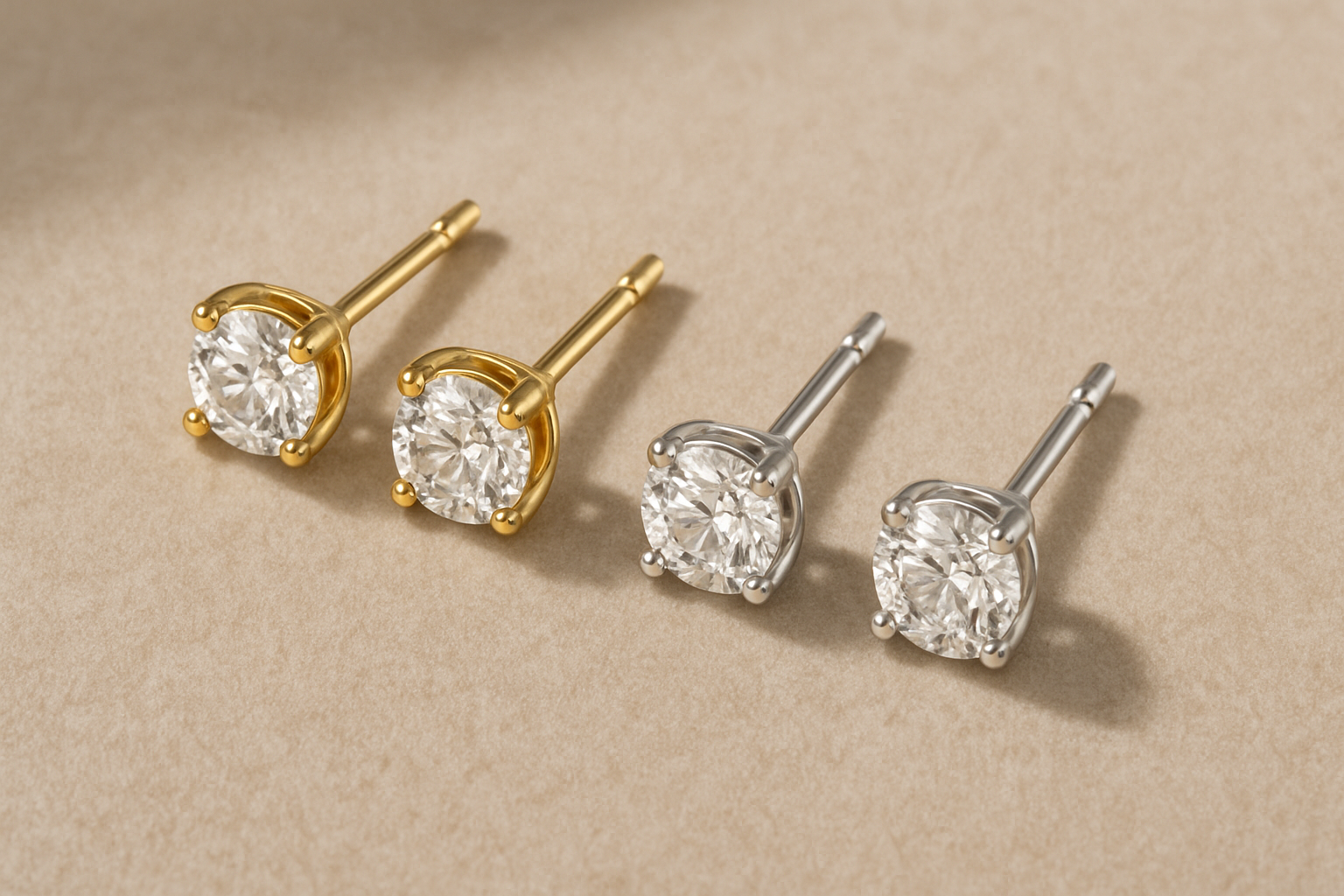lab-grown diamonds are rapidly gaining popularity . They're sustainable, affordable, and visually indistinguishable from natural diamonds . Yet, many people wonder: are there any downsides ? In this blog post, we'll take an honest look at the potential downsides of lab-grown diamonds .
lower residual value than natural diamonds
lab-grown diamonds currently often have a lower resale value than natural diamonds . The reason ? Production costs are falling, and the supply is growing rapidly . This makes them less rare and less attractive as an investment .
not rare or naturally formed
for some people, a diamond's natural origins are important . The idea that the stone is millions of years old and formed deep within the earth . Lab-grown diamonds lack that romantic, geological story .
confusion about authenticity
although lab-grown diamonds are 100% real in terms of their material (carbon crystal), some still consider them "fake . " this is unfair, but the stigma sometimes persists .
quality differences between providers
because lab-grown diamonds are rapidly gaining popularity, many suppliers of varying quality are also appearing . Some sell diamonds without certification or with mediocre cuts . read here how to recognize quality .
not every jeweler accepts lab-grown
although acceptance is increasing, some jewelers still don't purchase lab-grown diamonds, for example, for appraisal, trade-in, or reuse . Keep this in mind when making a long-term decision .
what does this mean for your choice ?
the disadvantages aren't necessarily reasons not to buy lab-grown diamonds . But they're worth considering . At louèn diamonds, we're always honest about both the advantages and the limitations . Our customers consciously choose our price, quality, ethics, and appearance . Without intermediaries and with certification .
still unsure ? Then check out our guide on the benefits and discover for yourself if a lab-grown diamond is right for you .


